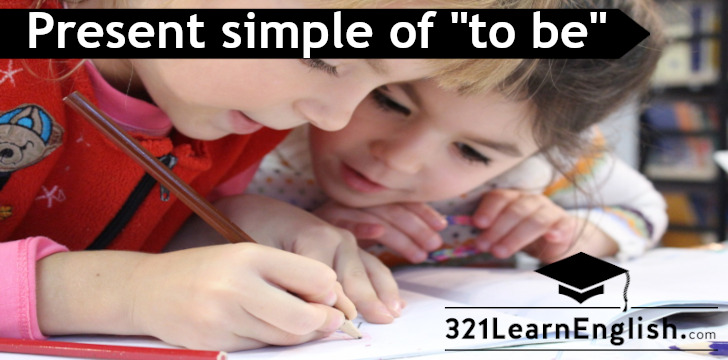
The verb "to be" is one of the most important verbs in English. We use it to talk about names, ages, feelings, nationalities, and much more! If you’re just starting to learn English (A1 level), mastering the present simple of "to be" is essential for building sentences and having basic conversations. In this post, we’ll explain how to use am, is, and are correctly, give you plenty of examples, and share simple exercises to help you practice. Let’s get started!
These are some examples:
• I am not English, I’m Scottish.
• You aren’t very tall, in fact, you’re quite short.
• Martin is 12. He isn’t old.
• Elizabeth is a doctor. She isn’t a nurse.
• My dog is very peaceful. It is not aggressive.
• My brother and I are very sad because we aren’t lucky.
• You are all students. You aren’t teachers yet.
• Brad and Angelina are rich because they are famous actors.
Some exercises in the PDF are the following:
Choose the correct answer.
a) Peter am / is / are a good football player.
b) You and Monica am / is / are best friends.
c) We am / is / are late for class.
d) I am / is / are very tired.
e) It am / is / are sunny today.
f) My father am / is / are a doctor.
g) My parents am / is / are divorced.
To see how to form the affirmative, negative and interrogative forms of the verb "to be" in the present simple and to see more examples, check the PDF file.
• You aren’t very tall, in fact, you’re quite short.
• Martin is 12. He isn’t old.
• Elizabeth is a doctor. She isn’t a nurse.
• My dog is very peaceful. It is not aggressive.
• My brother and I are very sad because we aren’t lucky.
• You are all students. You aren’t teachers yet.
• Brad and Angelina are rich because they are famous actors.
Some exercises in the PDF are the following:
Choose the correct answer.
a) Peter am / is / are a good football player.
b) You and Monica am / is / are best friends.
c) We am / is / are late for class.
d) I am / is / are very tired.
e) It am / is / are sunny today.
f) My father am / is / are a doctor.
g) My parents am / is / are divorced.
To see how to form the affirmative, negative and interrogative forms of the verb "to be" in the present simple and to see more examples, check the PDF file.

















